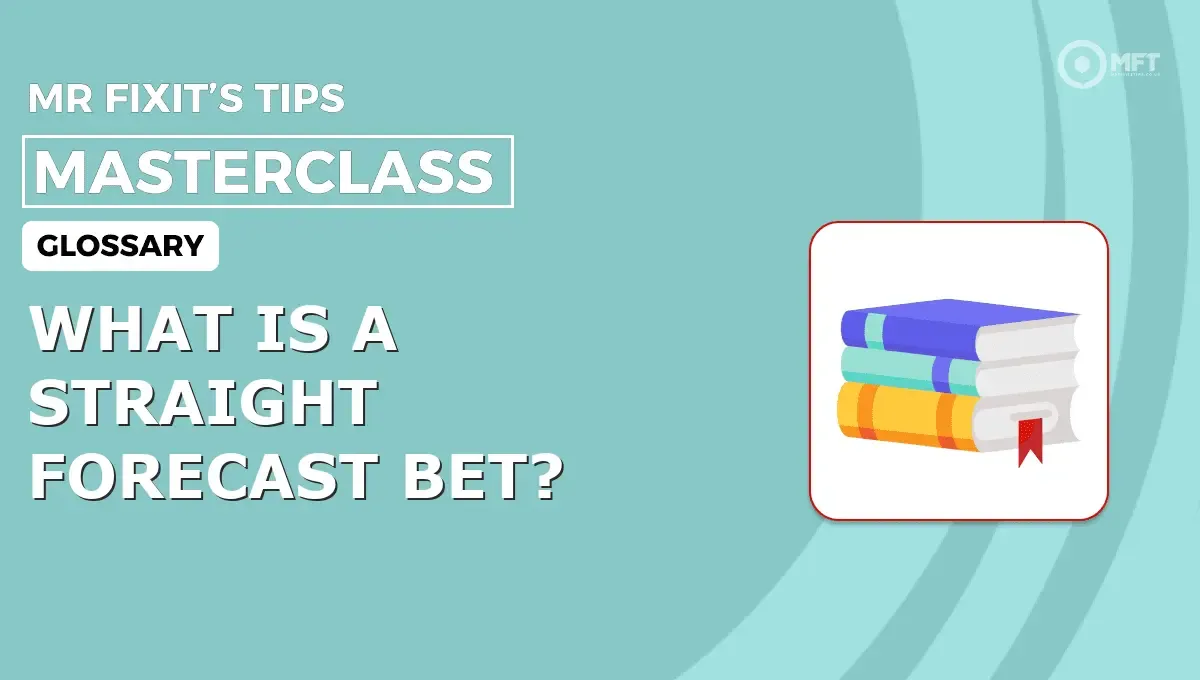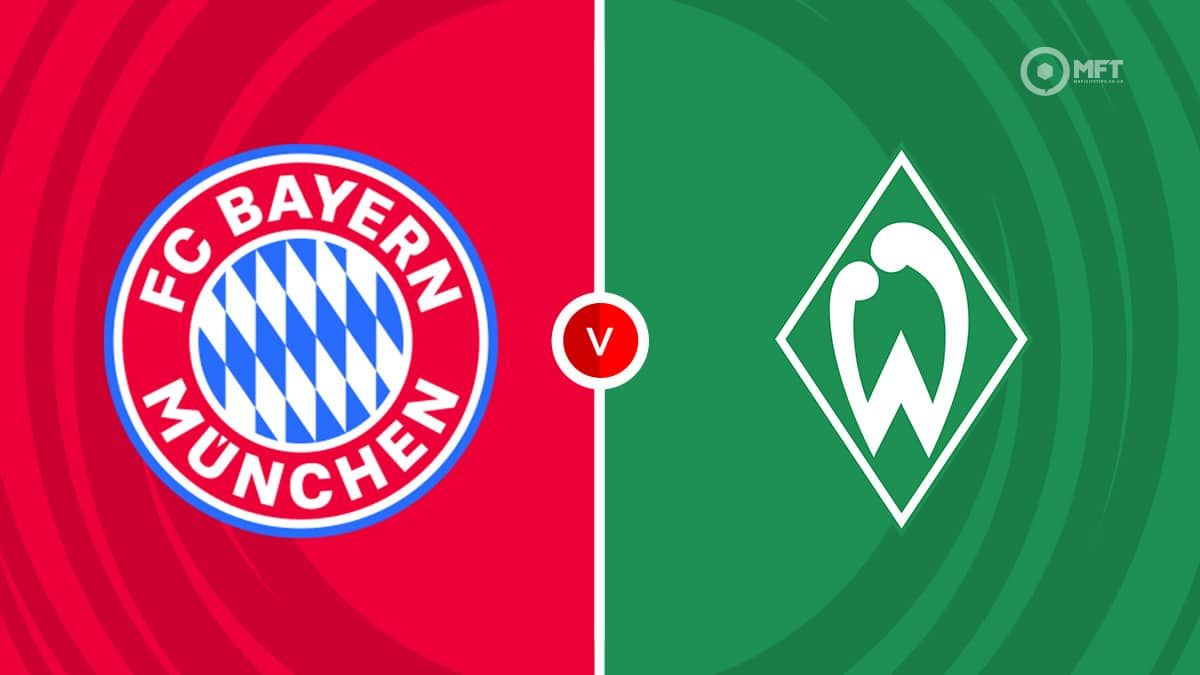What is the meaning of a straight forecast bet?
A straight forecast bet is a single wager where you predict exactly which two participants will finish first and second in a race, in that precise order. Popular in horse racing and greyhound racing, it requires pinpoint accuracy but offers significantly higher returns than standard win bets.
Why is straight forecast betting important?
- Offers substantially higher odds than single win bets, creating excellent value opportunities
- Provides a strategic alternative when backing heavy favourites that offer poor single-bet value
- Allows punters to leverage their knowledge of race dynamics and finishing positions for bigger returns
Ready to turn your racing knowledge into serious profit? Let's dive into the world of forecast betting where precision pays handsomely.
Understanding straight forecast betting
Right, let's get straight to it. A straight forecast bet is essentially putting your money where your mouth is on not just who'll win, but who'll come second as well. And here's the kicker – they must finish in exactly the order you've predicted. No ifs, buts, or maybes about it.
Think of it like this: you're not just picking the winner of the Grand National, you're saying “Desert Orchid will win and Red Rum will come second.” If Red Rum wins and Desert Orchid comes second, you've lost your bet despite correctly identifying the top two finishers. It's that precise.
Key Requirements for a Winning Straight Forecast
- Your first selection must finish in 1st position
- Your second selection must finish in 2nd position
- Any other finishing order results in a losing bet
- Both selections must complete the race
Types of forecast betting
Straight forecast
A straight forecast is the bread and butter of forecast betting. You pick two horses, greyhounds, or other competitors and state the exact order they'll finish first and second. It's a single bet with a single stake, but the potential returns are significantly higher than backing either participant individually.
Reverse forecast
Now we're talking about a bit more flexibility. With a reverse forecast, you're still picking two participants to finish first and second, but you don't care about the order. If Horse A wins and Horse B comes second, you win. If Horse B wins and Horse A comes second, you still win.
Here's the catch though – you're essentially placing two separate straight forecast bets. So if you think you're staking £10, you're actually putting down £20. One bet covers A-B finishing order, the other covers B-A.
Combination forecast
This is where things get properly interesting. You can select three or more participants, and you're betting on all possible first and second combinations from your selections. Pick three horses, and you've got six different forecast combinations running.
| Forecast Type | Selections | Number of Bets | Stake Multiplier |
|---|---|---|---|
| Straight | 2 | 1 | x1 |
| Reverse | 2 | 2 | x2 |
| Combination (3 picks) | 3 | 6 | x6 |
Calculating straight forecast odds
The odds calculation for straight forecasts involves a complex formula that considers the individual prices of your two selections, the field size, and the starting price percentages. Fortunately, modern online bookmakers do all the heavy lifting for you.
Generally speaking, the larger the field, the better the odds you'll receive. A two-horse forecast in a 20-runner handicap will pay significantly more than the same forecast in a 6-runner conditions race. It's simple mathematics – more runners mean more possible combinations, which means longer odds.
💡Expert Tips: Look for races with strong favourites paired with consistent place horses. The favourite might be odds-on to win, but forecasting them with a regular second-place finisher can offer tremendous value compared to the straight win bet.
Straight forecast betting beyond horse racing
While horse racing remains the spiritual home of forecast betting, you'll find these wagers across various sports. Formula 1 is a natural fit – predicting Hamilton to win with Verstappen second offers similar dynamics to horse racing forecasts.
Football tournaments present interesting opportunities too. You might forecast the Champions League final to be City vs Arsenal, or predict England and France to contest the World Cup final. The principle remains identical – exact order matters.
- Motor racing: Perfect for F1, MotoGP, and other circuit racing
- Tennis tournaments: Predicting finalists in major championships
- Golf: Forecasting playoff participants or top-two finishers
- Snooker: Tournament finals and semi-final participants
Strategic considerations
The beauty of straight forecast betting lies in its ability to create value where single bets offer poor returns. When you've got a stone-cold favourite at 2/5, there's precious little profit in backing them straight up. But forecast that favourite with a decent second-place candidate, and suddenly you're looking at odds of 8/1 or better.
Field size is crucial to your strategy. Small fields mean fewer combinations and shorter odds, while large fields offer better prices but reduced chances of success. The sweet spot often lies in medium-sized fields of 8-12 runners where you can identify realistic contenders without drowning in possibilities.
Common Straight Forecast Mistakes
- Focusing only on the favourite without considering realistic second-place candidates
- Ignoring recent form and track conditions when making selections
- Betting on huge outsiders just because the odds look attractive
- Confusing straight and reverse forecasts when placing bets
Quiz – Test your knowledge about straight forecast betting
1. What happens if your two selections finish first and second but in reverse order to your prediction?
Answer: You lose the bet – straight forecasts require exact order.
2. How many separate bets are you placing with a reverse forecast?
Answer: Two bets – one for each possible finishing order.
3. If you select three horses for a combination forecast, how many individual bets are you placing?
Answer: Six bets – covering all possible first and second combinations.
4. Why might a straight forecast offer better value than a straight win bet on a heavy favourite?
Answer: The favourite might be odds-on to win, but forecasting them with a second-place selection creates much longer odds.
5. What's the minimum stake typically required for forecast bets at UK racecourses?
Answer: Usually £2 minimum stake.
6. In which sports besides horse racing can you commonly find forecast betting?
Answer: Greyhound racing, Formula 1, tennis tournaments, and golf among others.
Master your forecast betting strategy
Ready to put your forecast betting knowledge into practice? Explore our comprehensive guides, horse racing tips and strategies to identify the best forecast opportunities in today's racing. Remember, successful forecast betting combines thorough form analysis with strategic thinking about race dynamics.

































































 GambleAware
GambleAware